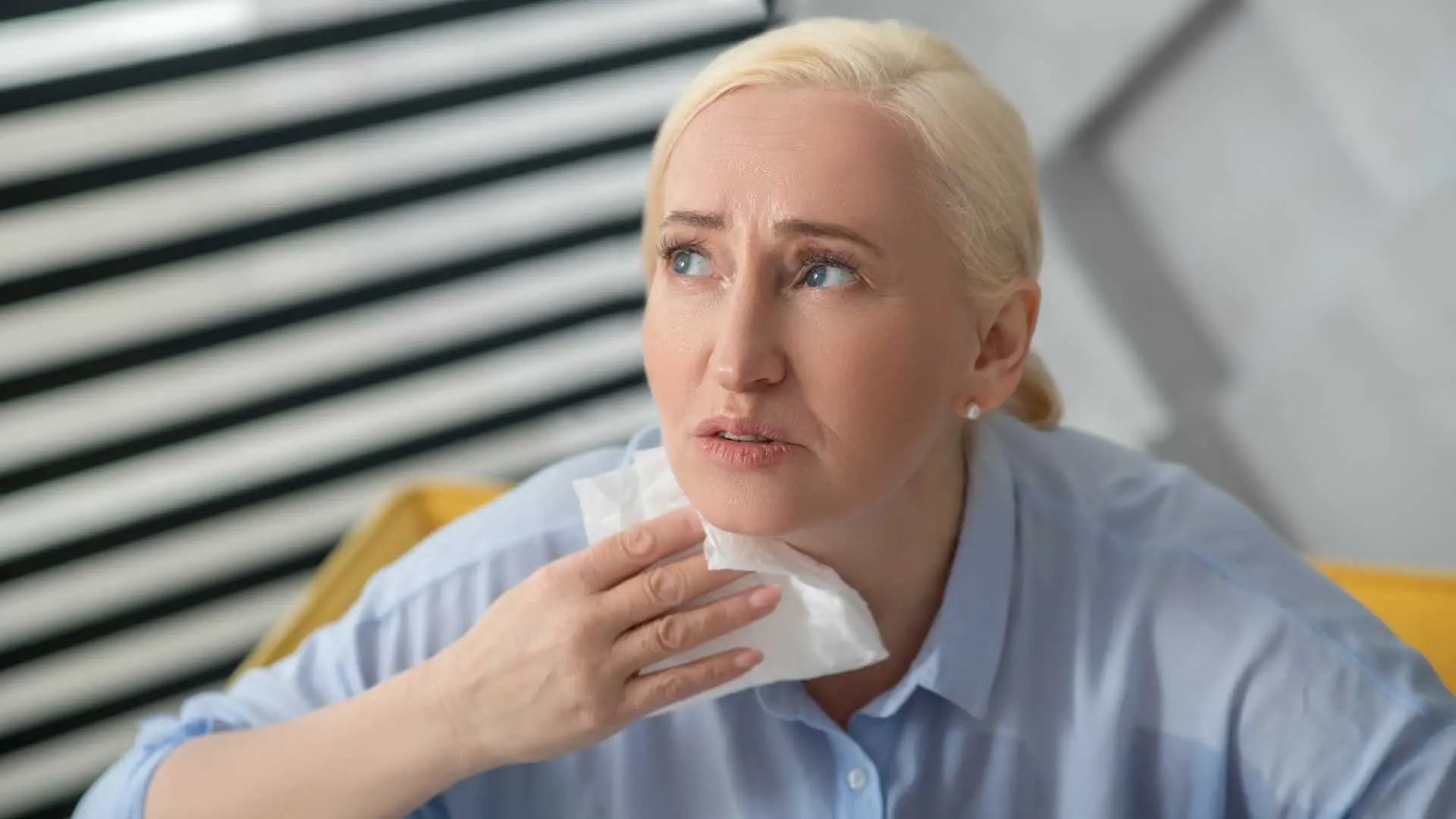
Some months ago, before the whole COVID situation took over our lives, I wrote a blog on Menopause and why some women breeze through it while others suffer terrible symptoms.
I promised my next blog would be all about the hot flush and so finally here it is.
It is one of the most troublesome and common symptoms of menopause. Some women report just a few mild flushes per week while others report debilitating extreme flushes every hour. The natural drop in oestrogen at this time contributes to this symptom but is not the only cause.
The hot flush is the body’s way of quickly lowering the body’s core temperature when it senses that the body has become overheated. Blood vessels near the skins surface expand (or vasodilate) allowing that excess heat to escape from the body via the skin. So why are menopausal women’s bodies overheating so much?
The hypothalamus in the brain acts like a thermostat, keeping body temperature to within a particular temperature range. When the body’s temperature falls outside this range, it will bring in mechanisms to either heat or cool the body to bring it back within the range. For women who suffer regular hot flushes, it seems this temperature range is narrowed meaning the body is more likely to fall outside of the acceptable range, causing the body to think it is overheating.
The lowered oestrogen levels which go hand in hand with menopause are partially to blame for this temperature thermostat narrowing, however, levels of other types of body chemicals are also involved. For example, a neurotransmitter called GABA is important for sleep and feeling relaxed. This can narrow the thermostat when it is low.
Serotonin is a neurotransmitter important for feelings of happiness and wellbeing. This can narrow the thermostat when it is low.
DHEA is produced by the adrenals and can be converted to oestrogen in the tissues of the body. This too can narrow the thermostat when it is low.
There is one major thing that can cause all of these things to be depleted in the body and that is stress. Stress also raises the level of cortisol in the body, otherwise known as the stress hormone. And you guessed it, high cortisol also narrows this thermostat range. This explains why women who are stressed often experience more severe hot flush symptoms.
One of the best things you can do to control your hot flushes is therefore lowering or managing your stress level. There are so many physical techniques and lifestyle adjustments you can make which can make a huge difference here. There are also a lot of beautiful herbs and nutritional supplements which can help the body cope with stress and raise the levels of GABA, serotonin, DHEA and even oestrogen, while helping lower cortisol.
Click here for more information on how naturopathy can help with all of your menopause symptoms.

